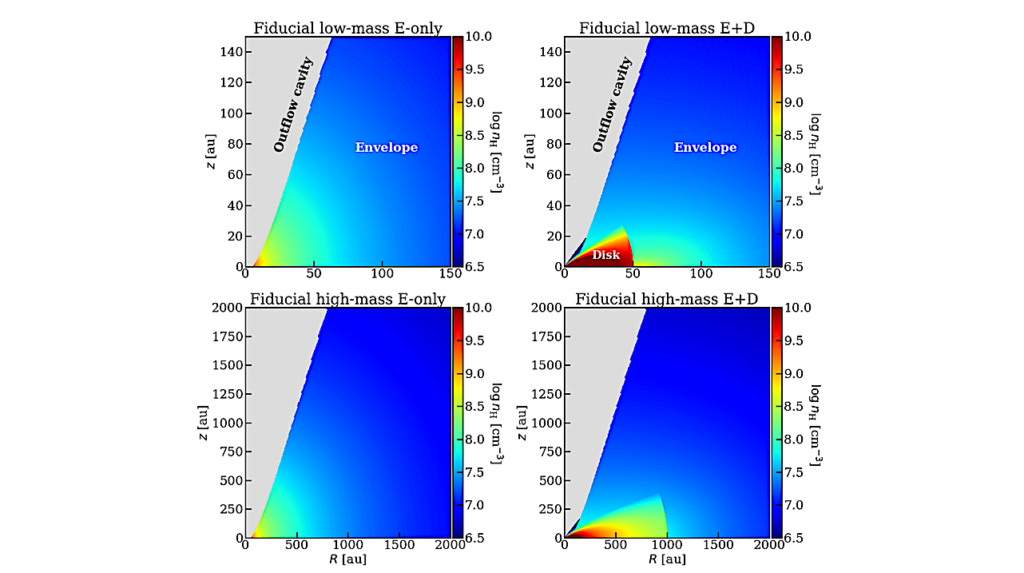Formation of Complex Organic Molecules in Cold Interstellar Environments Through Non-diffusive Grain-surface And Ice-mantle Chemistry

A prevailing theory for the interstellar production of complex organic molecules (COMs) involves formation on warm dust-grain surfaces, via the diffusion and reaction of radicals produced through grain-surface photodissociation of stable molecules.
However, some gas-phase O-bearing COMs, notably acetaldehyde(CH3CHO), methyl formate(CH3OCHO), and dimethyl ether(CH3OCH3), are now observed at very low temperatures, challenging the warm scenario. Here, we introduce a selection of new non-diffusive mechanisms into an astrochemical model, to account for the failure of the standard diffusive picture and to provide a more generalized scenario of COM formation on interstellar grains.
New generic rate formulations are provided for cases where: (i) radicals are formed by reactions occurring close to another reactant, producing an immediate follow-on reaction; (ii) radicals are formed in an excited state, allowing them to overcome activation barriers to react with nearby stable molecules; (iii) radicals are formed through photo-dissociation close to a reaction partner, followed by immediate reaction. Each process occurs without the diffusion of large radicals. The new mechanisms significantly enhance cold COM abundances, successfully reproducing key observational results for prestellar core L1544. H-abstraction from grain-surface COMs, followed by recombination, plays a crucial role in amplifying chemical desorption into the gas phase.
The UV-induced chemistry produces significant COM abundances in the bulk ices, which are retained on the grains and may persist to later stages. O2 is also formed strongly in the mantle though photolysis, suggesting cometary O2 could indeed be interstellar.
Mihwa Jin, Robin T. Garrod
Comments: 43 pages, 15 figures, Accepted for publication in ApJS
Subjects: Astrophysics of Galaxies (astro-ph.GA); Instrumentation and Methods for Astrophysics (astro-ph.IM)
Cite as: arXiv:2006.11127 [astro-ph.GA] (or arXiv:2006.11127v1 [astro-ph.GA] for this version)
Submission history
From: Mihwa Jin
[v1] Fri, 19 Jun 2020 13:37:41 UTC (596 KB)
https://arxiv.org/abs/2006.11127
Astrobiology, Astrochemistry








